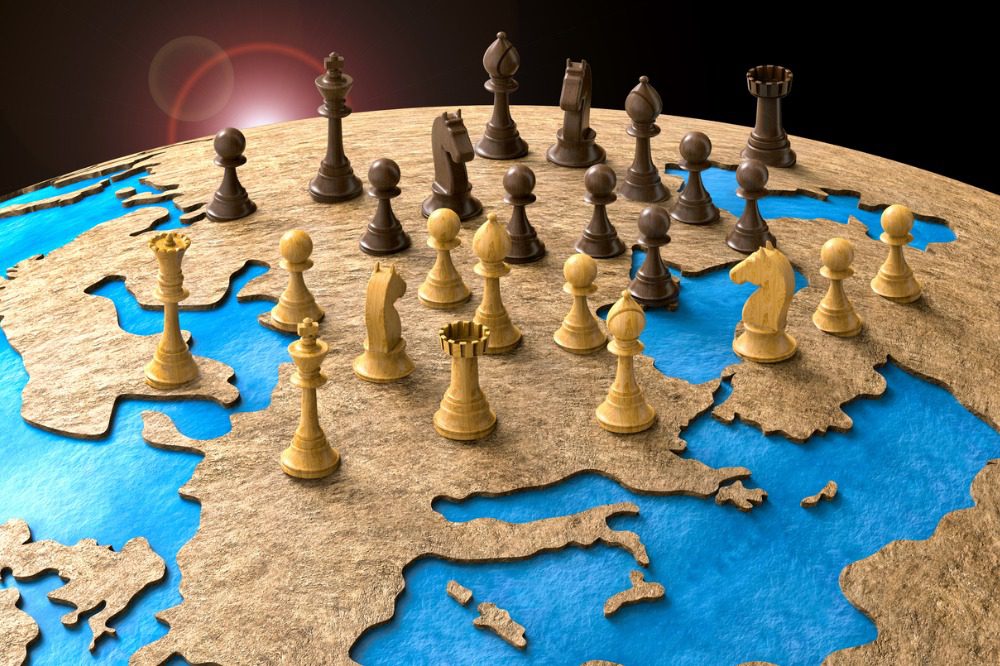How are geopolitical risks impacting reinsurance?

How are geopolitical risks impacting reinsurance? | Insurance Business Australia
Reinsurance
How are geopolitical risks impacting reinsurance?
How can companies quantify contagion and systemic risks?
Reinsurance
By
Mia Wallace
With half the world’s population going to the polls in 2024, geopolitical risk and its impact on the balance sheet of reinsurers and insurers has rarely felt more relevant. During a panel on ‘geopolitical insights & insurance dynamics’ at the recent Bermuda Risk Summit, specialists from across the market gathered together to discuss how to formulate resilient strategies to account for this exposure.
Kevin Kajiwara, co-president, political risk advisory at Teneo, highlighted the presence of two “hot wars” in Ukraine and Gaza. Given the complexity of each individual risk factor, he said, it’s critical to contextualize them in the context of the current geopolitical risk environment.
Past performance is no indicator of future returns for the re/insurance market today, he said, not least because each of these risk factors is still in flux, and the range of potential outcomes remains pretty wide. With that in mind, awareness and scenario planning are going to be absolutely critical to successfully managing geopolitical risk.
How geopolitical risk is impacting underwriting
Offering insights into how these geopolitical risks are having an impact on underwriting, Mark Wheeler, co-founder and co-CEO of Mosaic Insurance, shared that there are two elements to the challenges being faced by the market – the first being ‘what is an event?’, while the second is, ‘what is the perimeter of an event?’. What’s unfolding in the Middle East offers a clear example of territorial contagion, he said, as the conflict between Israel and Palestine is being extended through proxies.
Understanding how to quantify these types of contagion and systemic risks is one of the ‘Holy Grails’ of political science, said Kajiwara, and it’s something that’s been tried and which has failed many times.
One of the reasons for that, unlike with economic events where you have ‘apples-to-apples’ comparison on GDP and inflation and regular periodicity, is these events are very difficult to measure, he said, particularly in the current environment where all of a sudden you’re having once-in-100-year events every single year. It’s further complicated by the fact that the same risks facing re/insurance companies are being grappled with by the boards and leadership teams of major industrial companies, each of which is faced with making decisions on very imperfect information.
What’s happening in the market today simply hasn’t happened in the same way before, he said, which is what makes it incredibly challenging to quantify – but that’s the challenge being taken up by him, his colleagues and many others from the advisory sphere.
Appreciating the full interconnectivity of the current risk environment
For Chintan Shah, global head, front office & treasury risk at Bloomberg, it all comes back to the interconnectivity of the risk environment and understanding second-order impacts.
For instance, Shah said, consider the implications of a major shift in climate policy in the US, the EU or China. Right now, you have a situation where green assets are priced at a certain level, given ESG methods. A major shift in policy would lead to a repricing in those assets, begging the question, has this been properly accounted for and how can this be done?
Another example would be the decoupling of trade between two of the largest economies in the world – the US and China – and its asymmetric impact on assets. For example, consider its impact on the garment industry and its supply chain versus the electronics industry and its supply chain, should significant trade barriers be established.
“We have to have all these assets in one single view – both assets and liabilities – in order to be able to understand the total exposure of risk in [terms of both] first and second order effects,” he said. “I think that in the insurance industry, as we engage with a number of participants in my job, I think that there is a level of preparedness that is lacking, that could be improved.
“Because if only some of the risks [we’re talking about] actually happen, you’re going to have second and third-order impacts rippling across the balance sheet on both assets and liabilities.”
Keep up with the latest news and events
Join our mailing list, it’s free!






